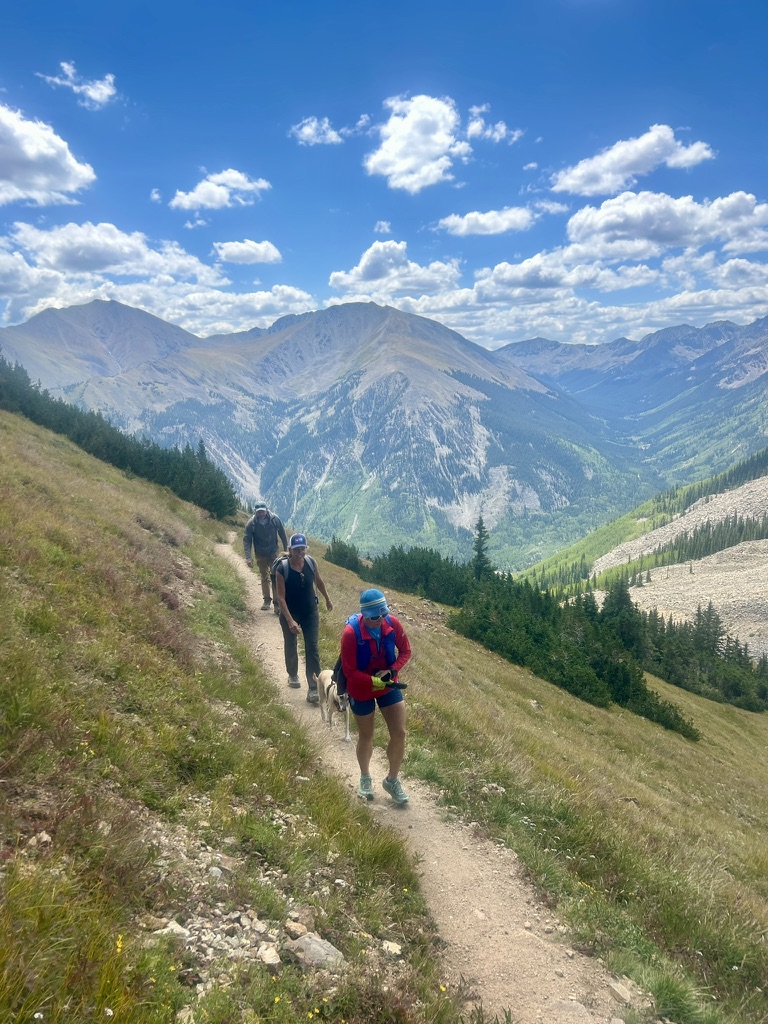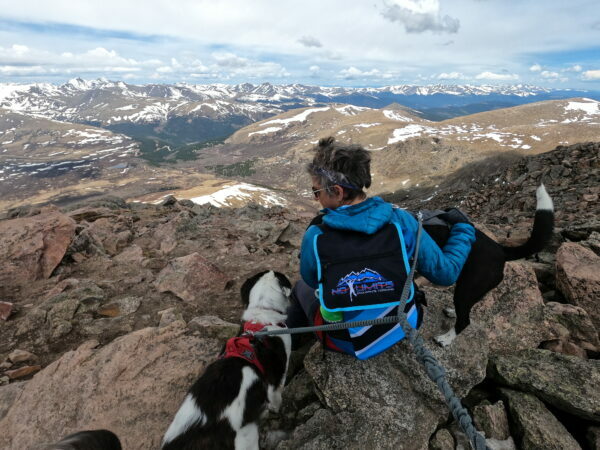Trail running and ultra-running has been steadily growing in popularity. For those who are new to the dirt, you may have some questions. So, we have 8 tips to help you transition smoothly to being a a trail runner.
Gauge effort using rate of perceived exertion or heart rate.
Given the variability of terrain on trails, pace becomes a much less helpful metric to determine intensity and performance. We recommend using RPE (rating of perceived exertion or heart rate as the key gauge of your effort.
For very hilly trails, you may find yourself power hiking some of the steepest grades – that’s okay! Power hiking is an important trail skill, and pace wouldn’t make much sense – but your RPE and your HR will!
Keep your eyes OPEN and lift your feet.
Many trails have rocks and stumps that can trip you up – especially if covered by leaves. Look ahead several feet – not straight down at your feet so you can pick a line to avoid getting stuck in a bad spot.
When descending, look far enough ahead so you can pick your line. Then, you can scan the ground up and back to ensure you get over any rocks, roots, or other debris common to trails.
That being said, it’s very common to trip and fall. So, don’t be alarmed if that happens.

Embrace being self-sufficient.
Bring plenty of water and calories to support the duration of your run. If you don’t have a hydration system and vest – get one. Remember: a long run on the trails will take longer than the typical road run – be prepared. In races, aid stations are often much further apart than on the road.
Depending on where and how long you will be running, you should also consider bringing a headlamp, additional clothes, and some basic first aid. The extra weight is worth it if you get jammed up!

Be courteous to others on the trail.
If you need to step off the trail to allow others to pass, don’t keep walking off trail, as this can harm the ecosystem. Rather, step off, and wait for the pass.
Generally, you should yield to horses and uphill runners (when you are going downhill), and depending on the trail, you may need to yield to mountain bikers. Technically, mountain bikers should yield to pedestrians; however, on some trails it is easier to allow them to pass.
Read signs to know the etiquette for any given trail. When in doubt: just let the other person pass and add karma points to your life.
Practice the leave no trace principles.
Pack out whatever you take in to the trails. If you see trash, pick it up. If we are all stewards of the trails, we’ll have the privilege to use them forever! For a full list of the 7 leave no trace principles, click here.
Please DO NOT leave bags of dog poop on the trail. If you run or hike with your dog, pick up their waste and put it in your pack. I see so many bags of unclaimed dog poop in plastic bags everywhere on trails. Don’t be that person.
Travel only on durable surfaces, and avoid areas where you may cause further erosion.
Respect wildlife by leaving them be. Do not feed wildlife, or otherwise encourage them to engage with you.
Protect against tick-borne illnesses.
If you are heading into a heavily wooded area where lyme ticks are prevalent, be sure to wear tall socks, and spray your clothing with tick repellent. This is especially important for those running trails east of the Mississippi.
Keep your safety in mind!
Bring a pocketknife, trail map, some basic first aid, and a cell phone. However, be forewarned: some of the best trails have no reception. So, it’s a good idea to leave your plan with someone, and give them an estimate of when you expect to return.
Use an app, such as Gaia, that will provide a map even if you don’t have service.
Enjoy trail running for the unique experience it is.
Embrace nature. Listen to the sounds. Enjoy the feel of the dirt under your feet.
Trail running poses different challenges than the road – so be patient and embrace the process of learning a new sport.
If you are thinking about taking your trail running to the ultra-distance, click here for some pointers for making the transition to ultrarunning.

